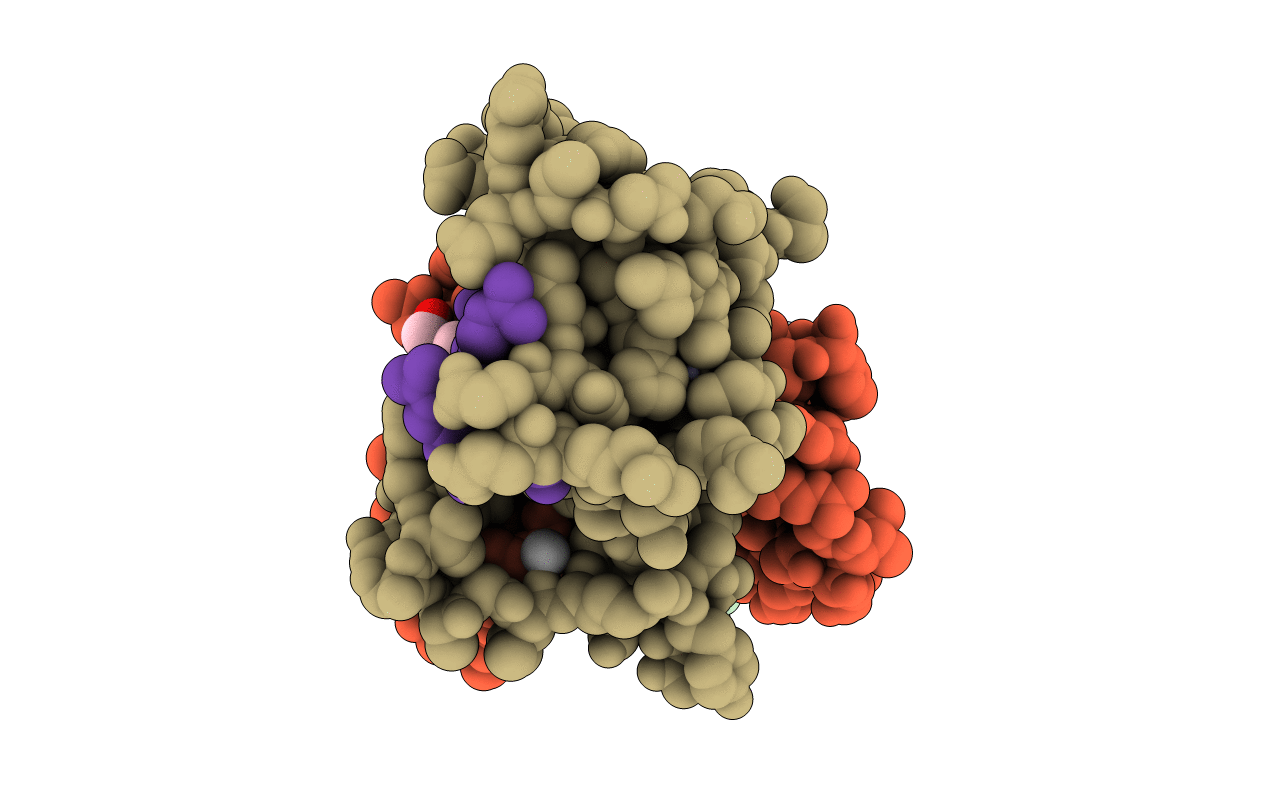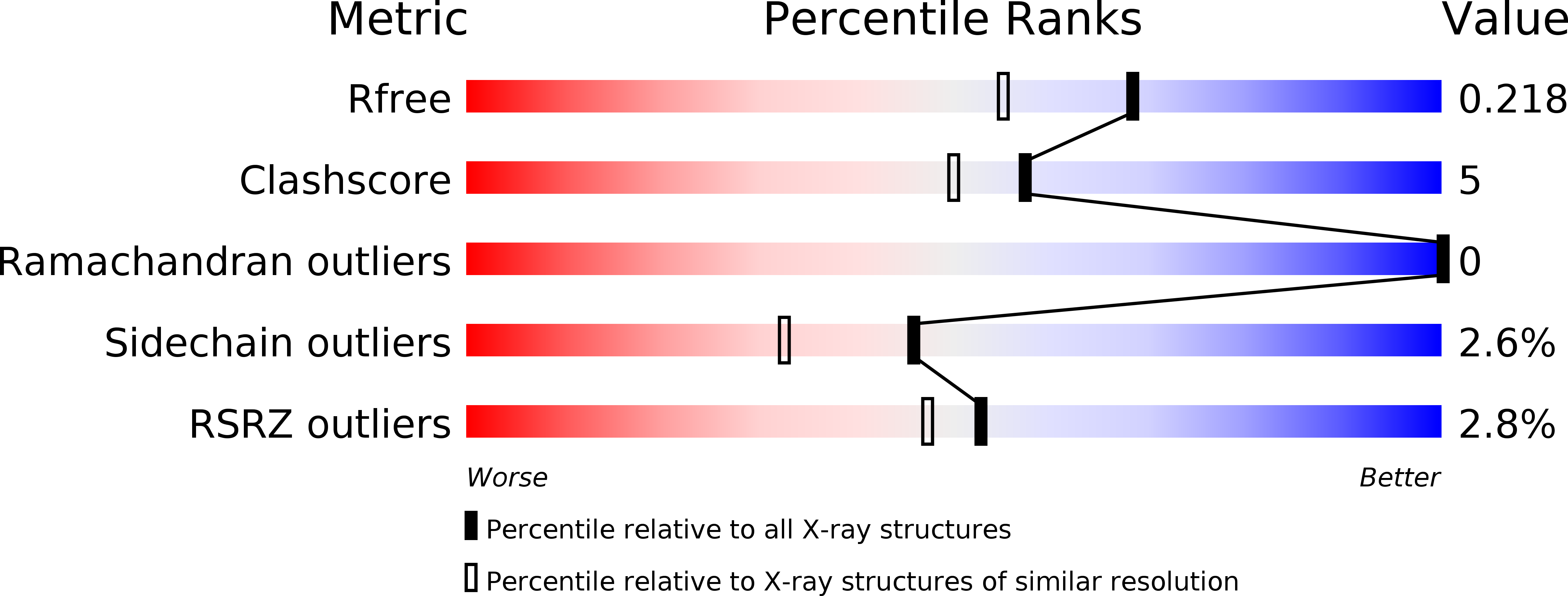
Deposition Date
2018-09-27
Release Date
2018-10-24
Last Version Date
2024-03-13
Method Details:
Experimental Method:
Resolution:
1.80 Å
R-Value Free:
0.21
R-Value Work:
0.19
R-Value Observed:
0.19
Space Group:
P 6


